2024: The State of Advanced Reactors
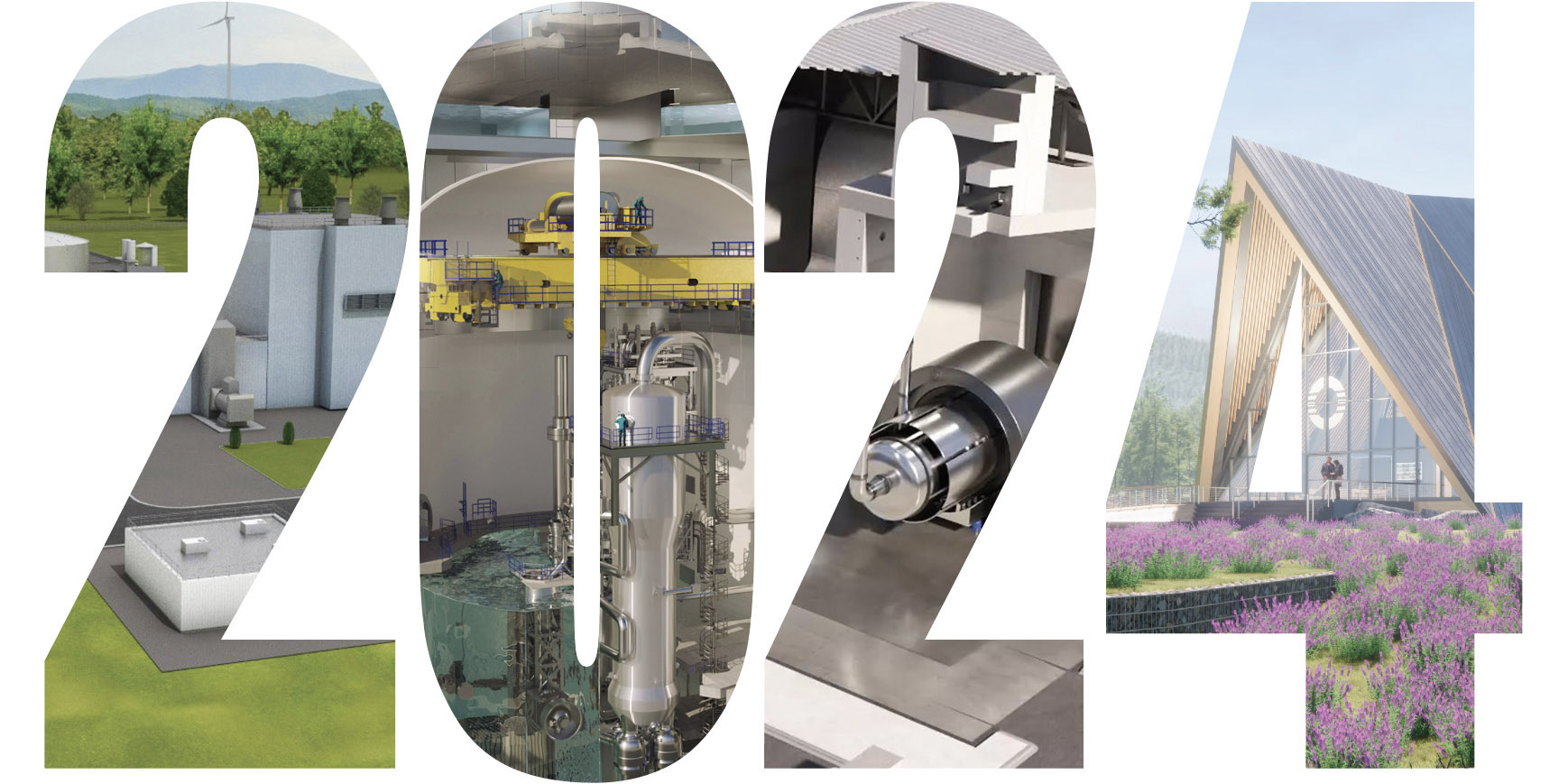
Designs for high-tech products, and the start-ups that offer them, will always outnumber the commercial successes. Ditto: many more power plants are proposed than actually get built, no matter what the technology.
This is an axiom of free-market economies, but in early November 2023 it became painfully obvious in the advanced reactor field. NuScale Power, the only advanced reactor that has made it through the licensing gauntlet, acknowledged that the consortium of utilities that was its intended launch customer had failed to put together a feasible package.







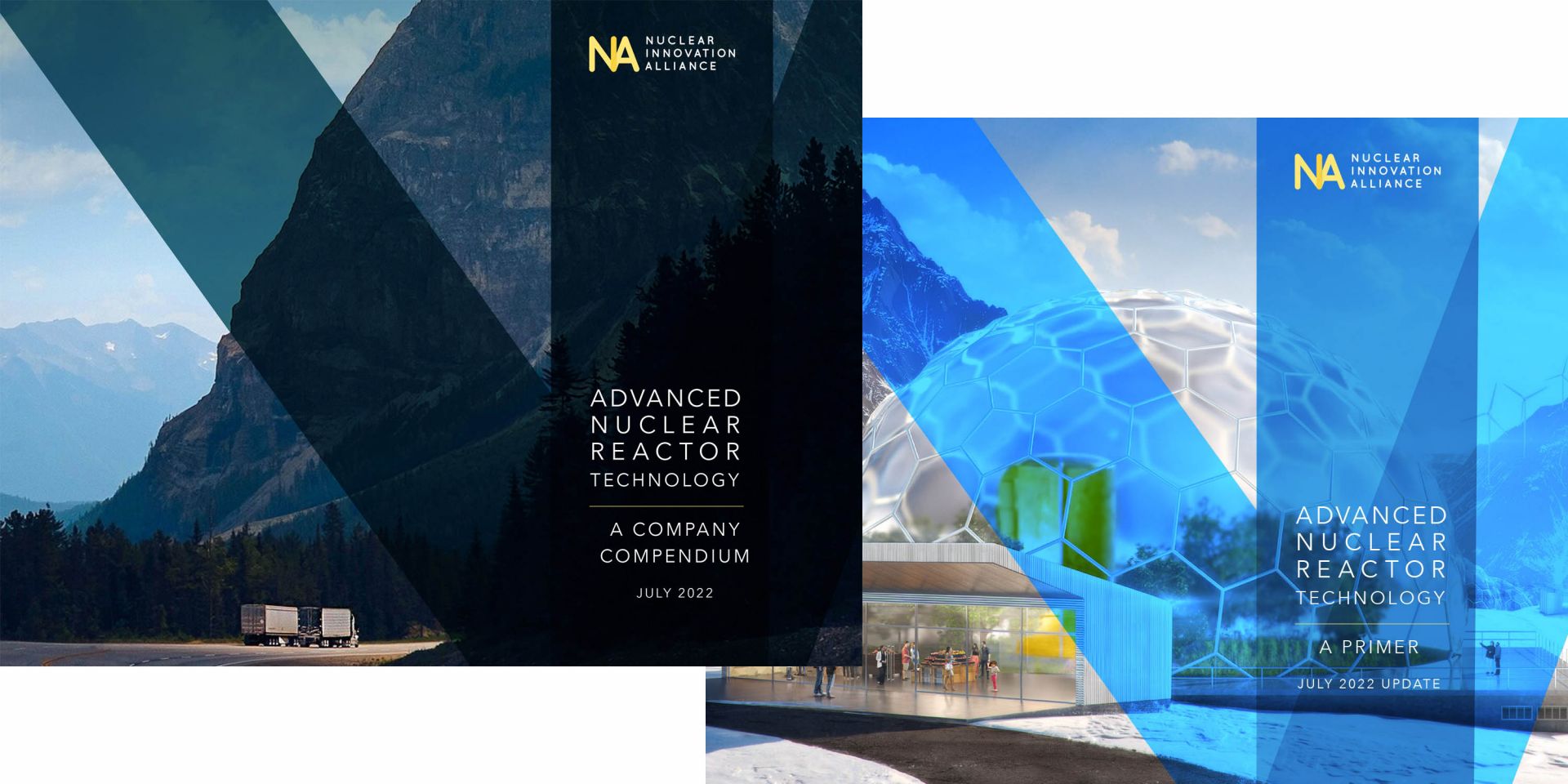
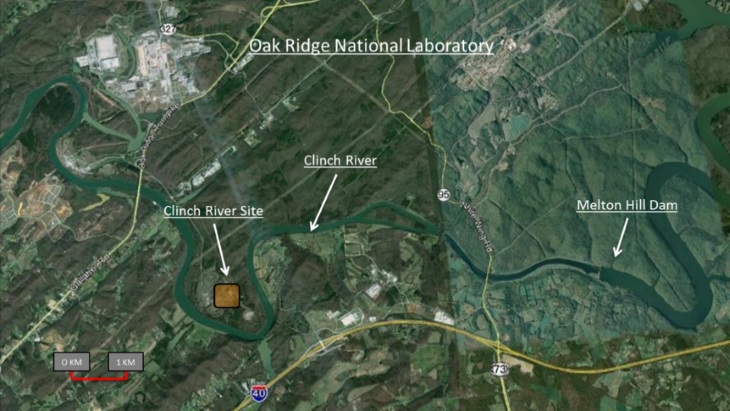.jpg)
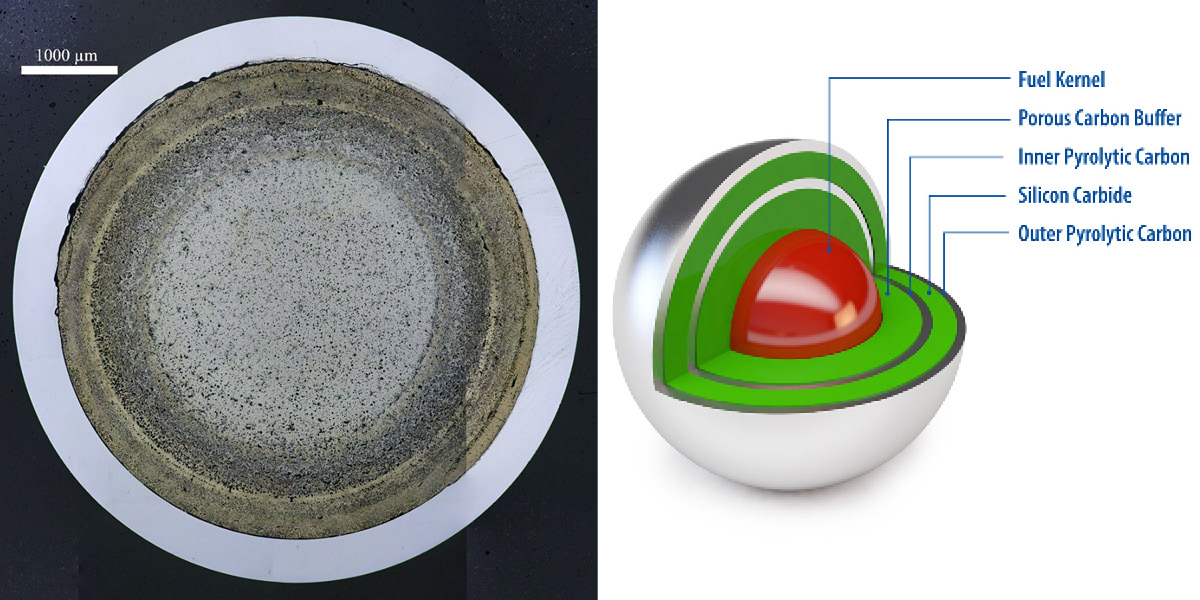
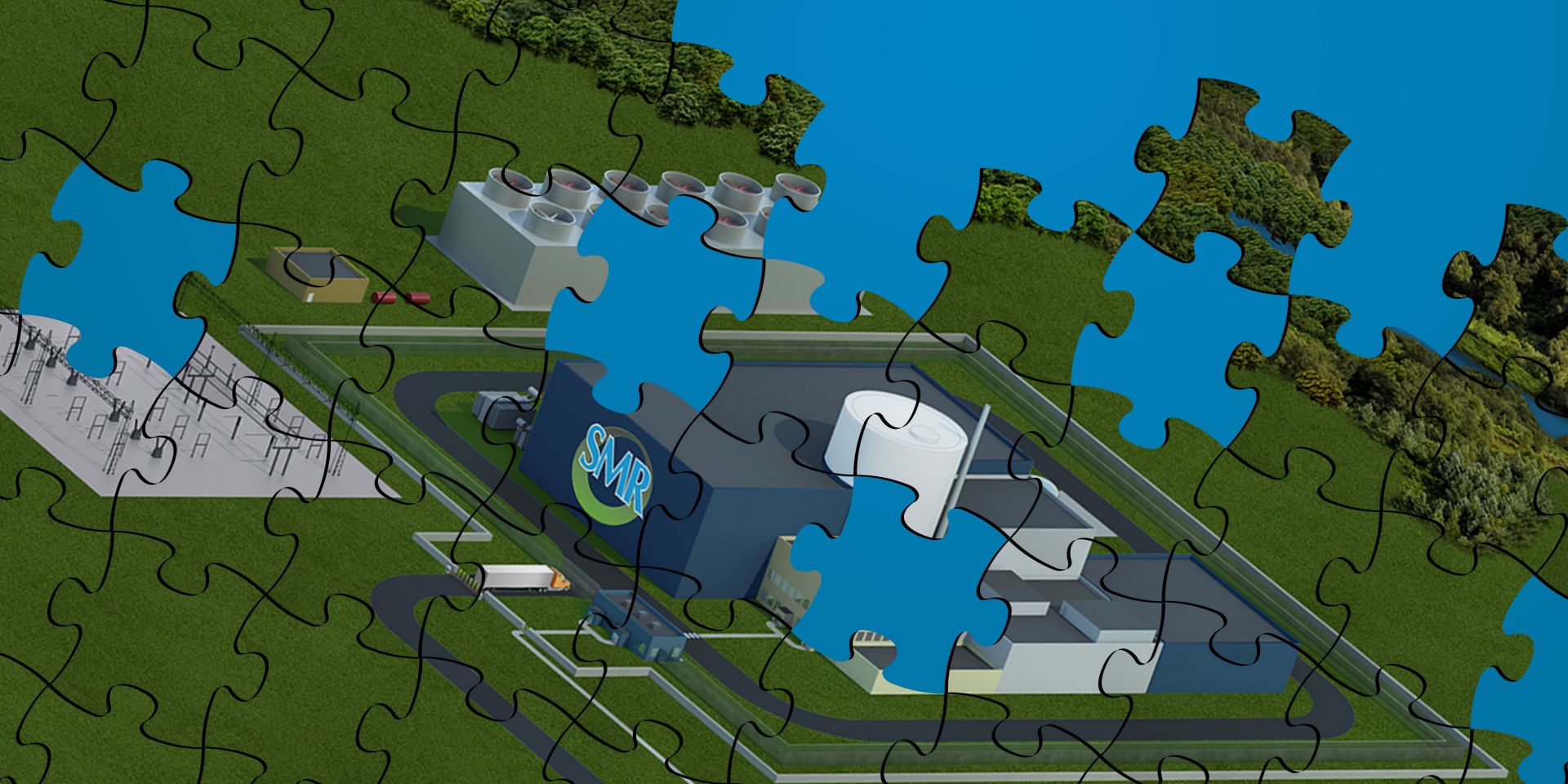
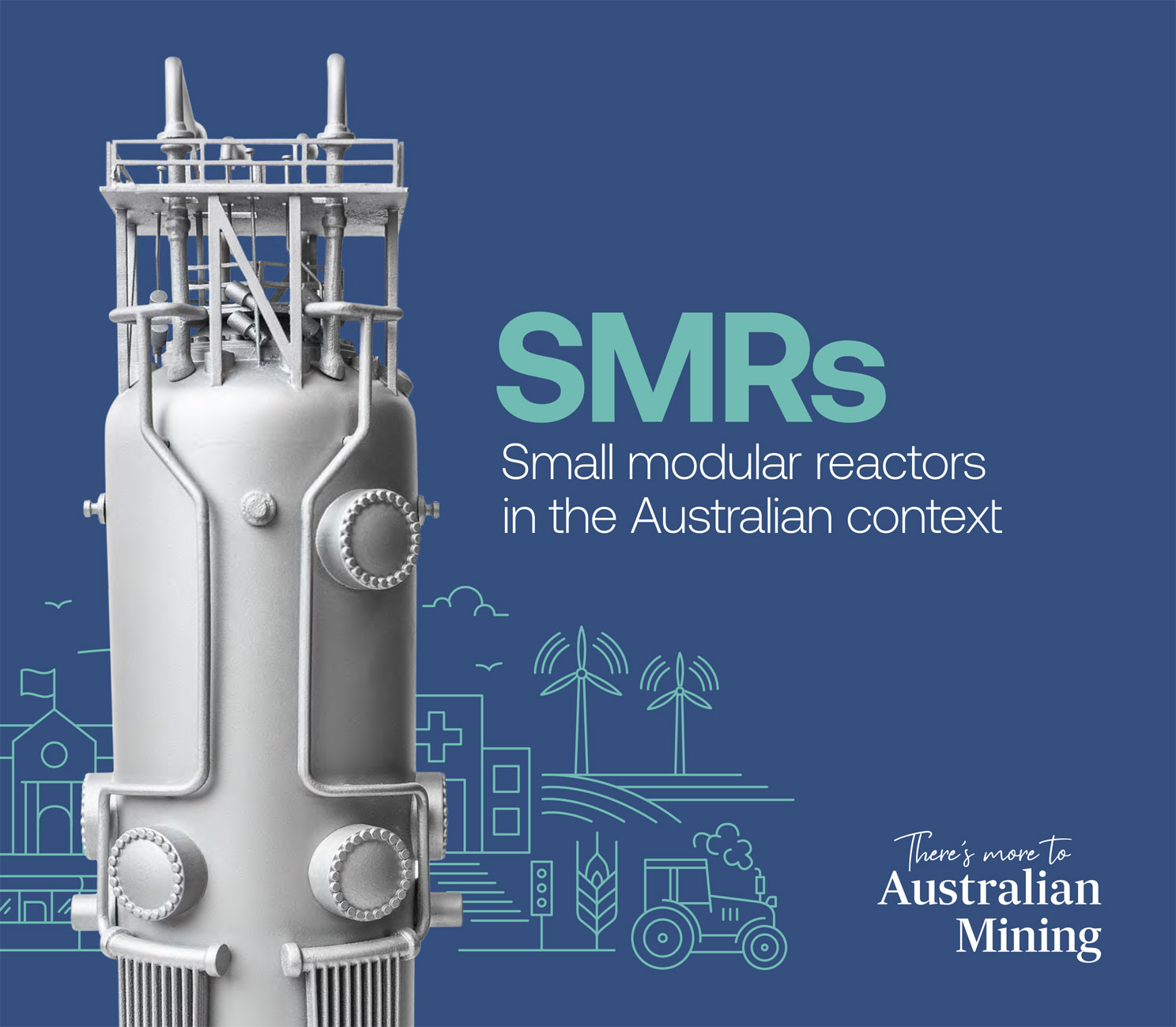 The Minerals Council of Australia (MCA) last week released
The Minerals Council of Australia (MCA) last week released 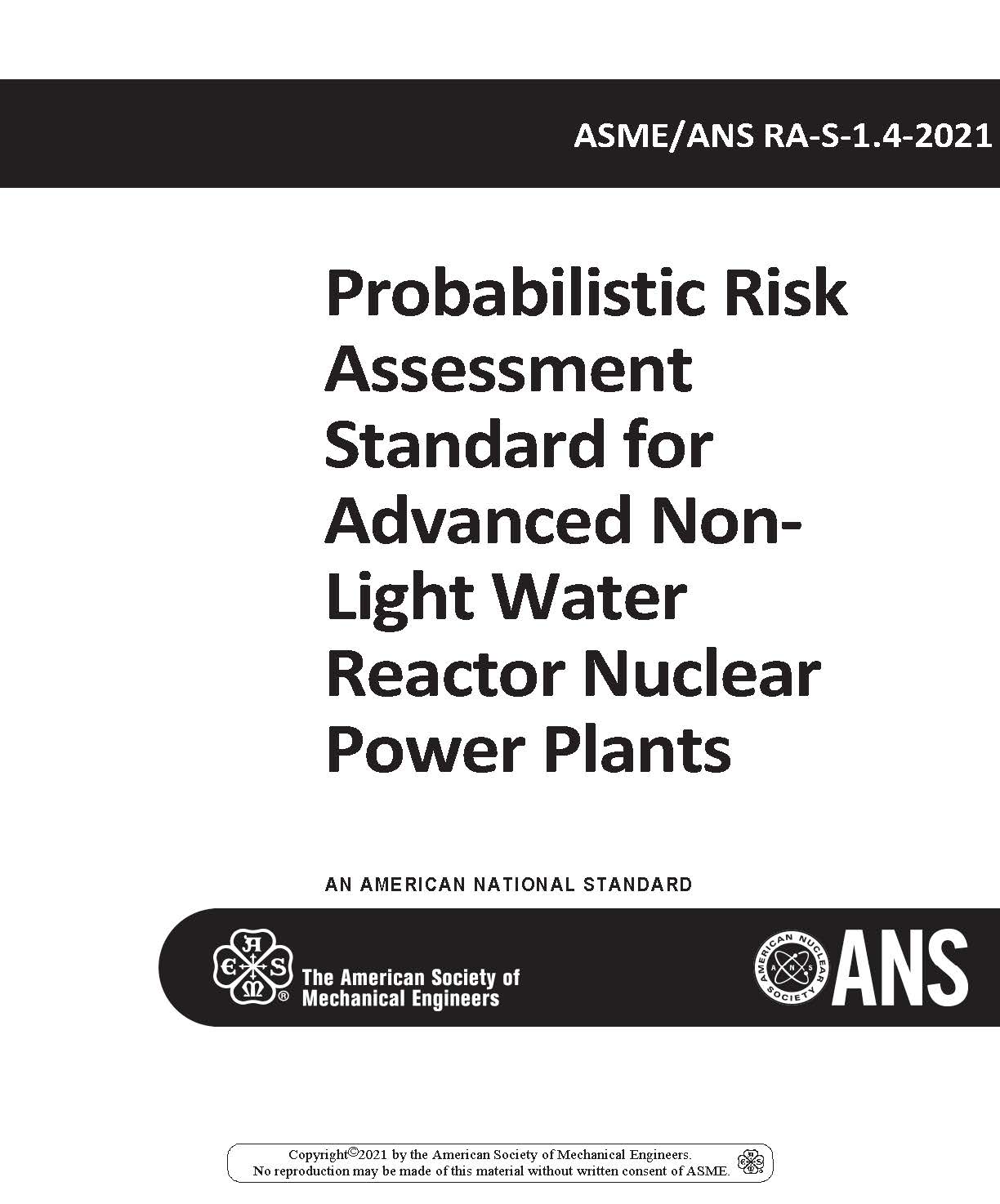 ANSI/ASME/ANS RA-S-1.4-2021, “Probabilistic Risk Assessment Standard for Advanced Non-Light Water Reactor Nuclear Power Plants,” has just been issued. Approved by the American National Standards Institute (ANSI) on January 28, 2021, this joint American Society of Mechanical Engineers (ASME)/American Nuclear Society (ANS) standard sets forth requirements for probabilistic risk assessments (PRAs) used to support risk-informed decisions for commercial nuclear power plants and prescribes a method for applying these requirements for specific applications.
ANSI/ASME/ANS RA-S-1.4-2021, “Probabilistic Risk Assessment Standard for Advanced Non-Light Water Reactor Nuclear Power Plants,” has just been issued. Approved by the American National Standards Institute (ANSI) on January 28, 2021, this joint American Society of Mechanical Engineers (ASME)/American Nuclear Society (ANS) standard sets forth requirements for probabilistic risk assessments (PRAs) used to support risk-informed decisions for commercial nuclear power plants and prescribes a method for applying these requirements for specific applications.